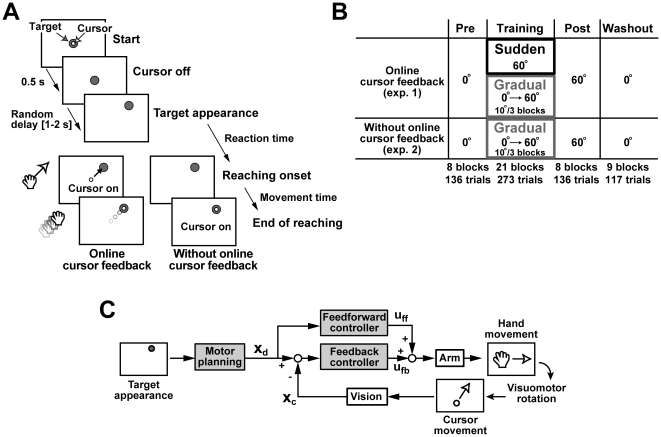Figure 1. Experimental procedure and computational scheme for visually guided reaching.
A, Time sequence of one trial. There were two conditions: reaching with and without online cursor feedback. See Materials and Methods for details. B, Total trial procedure. The angles are the visuomotor rotation angles. Each experiment consisted of four phases: pre-training, training, post-training, and washout phases. The cursor online feedback was shown in experiment 1 but not in experiment 2. In experiment 1, subjects were divided into two groups and the visuomotor rotation was suddenly or gradually introduced in the training phase for each group. The 60° CCW visuomotor rotation was continued in the post-training phase and then suddenly changed to 0° in the washout phase. C, Computational scheme for visually guided reaching, where  represents desired movement of the arm,
represents desired movement of the arm,  indicates feedback information of current movement, and
indicates feedback information of current movement, and  and
and  indicate feedforward and feedback motor commands, respectively. This scheme assumes that target presentation triggers the motor planning and that the feedforward controller transforms the desired movement into motor commands. The manipulandum system converts the hand movement into cursor movement in the rotationally biased direction on the screen. The feedback controller adjusts the ongoing movement using the feedback information of the cursor movement.
indicate feedforward and feedback motor commands, respectively. This scheme assumes that target presentation triggers the motor planning and that the feedforward controller transforms the desired movement into motor commands. The manipulandum system converts the hand movement into cursor movement in the rotationally biased direction on the screen. The feedback controller adjusts the ongoing movement using the feedback information of the cursor movement.

